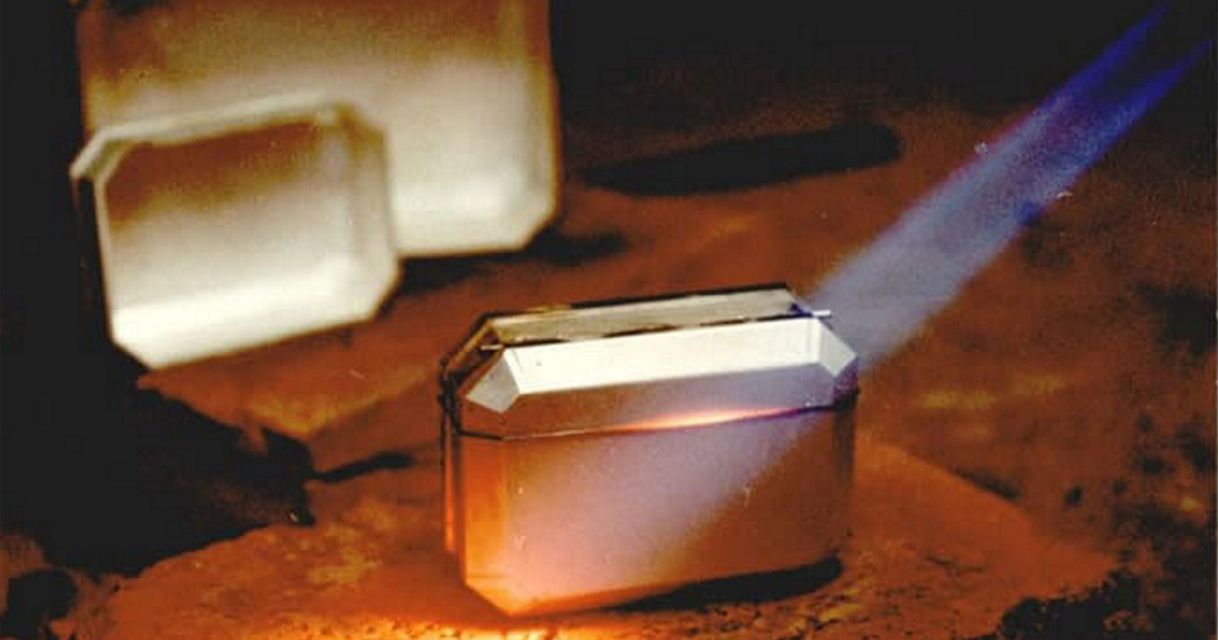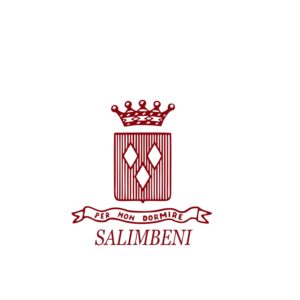Silver working tecnique by Salimbeni
Silver working technique Silver working technique are various : Guilloche, Fire Enamelling, manual engraving on silver and gold, semi-precious stone workmanship are the techniques used… Read More »Silver working tecnique by Salimbeni


